Blog
Getting ready for the conference: Students and Young Professionals
The annual conference is fast approaching and it’s time to start making plans. This year the exciting city of Wanchai, Hong Kong will be on the map as the second Asian location for the meeting to be held. Here are a few things we’ve been thinking about in preparation for heading to the tropical paradise in a cosmopolitan city, which happens to have the highest density of 7-Eleven shops in the world AND the world’s largest collection of skyscrapers…
Read ArticleFoot Injuries in Dancers. Are they preventable?
Author: Maggie Lorraine on behalf of the IADMS Education Committee
Perfecting the art of dance requires long hours of intensive training over many years with constant repetitions of exercises to refine and perfect the execution of sequences and movements. Dance places high demands on the body and for this reason professional dance training institutions often include physique testing, conducted by the resident physiotherapist as part of the audition process. Subsequently even the physiques that are deemed “ideal” for training at a pre professional level are at risk of injury as a result of faulty alignment and technique. In recent years the quest for greater virtuosity in performance has added an extra layer of risk to the aspiring young dancer who is hoping to achieve a career in dance. Issues such as more intrusive stretching techniques to achieve higher extensions of the leg, bigger and higher jumps with added complexity, more virtuosic turns and particularly greater engagement of the spine in movement. These trends have all added to the necessity for dance teachers to have a comprehensive knowledge of human anatomy, physiology and kinesiology. This knowledge will give teachers the information to guide their students to reach their full potential and to avoid sustaining injuries.
Read ArticleCaring for bony injury demystified!
Author: Meredith Butulis
Welcome to Part Three of our three part series on muscle, ligament, and bone injuries. We will explore some common myths and how you can use current evidence to efficiently return to optimal performance. This month we will explore bony injuries.
Read ArticleMaybe you should stop dancing… a little
Authors: Luke Hopper and Peta Blevins
We all know how super hard dancers work. Dance is a passion, a lifestyle and an identity for millions of people around the world. And you only get to the top with hard work and grit right? But can you have too much of a good thing?
Read ArticleTaMed Dance Medicine Conference Report
Author: Richard Gilmore
How to begin to capture my impressions of the weekend? The essence of the 13th Congress for Dance Medicine held by the Dance Medicine Organization in Dresden on this past Mother’s Day weekend requires a mental review of the subjects, ideas and movement classes. The fact that so many people were sufficiently captivated to stay indoors while the sun gave Germany a first preview of summer speaks for the event and for the inventiveness of our presenters and organizers. There are always new approaches and new aspects of dance medicine worth lending our ears, but also our bodies and souls.
Read ArticleCaring for ligament sprains demystified!
Author: Meredith Butulis
Welcome to Part Two of our three part series on muscle, ligament, and bone injuries. We will explore some common myths and how you can use current evidence to efficiently return to optimal performance. This month we will explore ligamentous injuries.
Read ArticleBridging Dance and Health in Brazil V – Towards a Brazilian framework for dancers’ health and wellbeing
Author: Clara Fischer Gam
Welcome to the last installation of the series about the opportunities and challenges of Dance and Health in Brazil! Since January, we have been delving into the Brazilian dance sector through the eyes of our local IADMS members. Along this post series, we have been exploring information accessibility issues and public policies impasses, meeting inspiring initiatives, and familiarizing with the dance career pathways in the country. Today, as we get to the end of a journey, another one begins: this time towards a Brazilian framework for dancers’ health and wellbeing.
Read Article5 Questions With Carina Nasrallah, Stephanie Alimena and Lucie Clements
Our next featured members in the “5 Questions With…” column are Student Committee Members, Carina Nasrallah, Stephanie Alimena and Lucie Clements. Carina is an athletic trainer at Physical Therapy Solutions, Mechanicsville, Virginia - the official provider of physical therapy services and onsite care for the Richmond Ballet. Stephanie is a medical student at University of Connecticut School of Medicine, Farmington, CT and Lucie is a PhD student at Trinity Laban Conservatoire for Music and Dance, London UK.
Read ArticleCaring for muscle strains demystified!
Author: Meredith Butulis
Welcome to our three part series on muscle, ligament, and bone injuries. We will explore some common myths, and how you can use current evidence to efficiently return to performance. This month, we will begin with muscular injuries.
Read ArticleBridging Dance and Health in Brazil IV – Dancing against the odds
Author: Clara Fischer Gam
This is the 4th installation of a series about the opportunities and challenges of Dance and Health in Brazil. Over the last few months we have been exploring together the potentialities of this emerging field – as experienced by our Brazilian IADMS members! As we start heading to the end of this post series, today, in the second-to-last installation, I will be sharing with you some perceptions and lived experiences of Brazilian IADMS members when it comes to building up a dance career in Brazil.
Read Article- IADMS 34th Annual Conference - Experience Point of View: Jennifer Milner
- IADMS 34th Annual Conference - Experience Point of View: Joanna Nicholas
- IADMS 34th Annual Conference - Experience Point of View: Erika Mayall
- Beginning ASL for Medical Students & Health Practitioners
- Relative Energy Deficiency in Dance
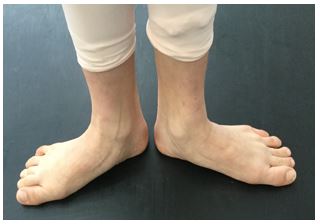

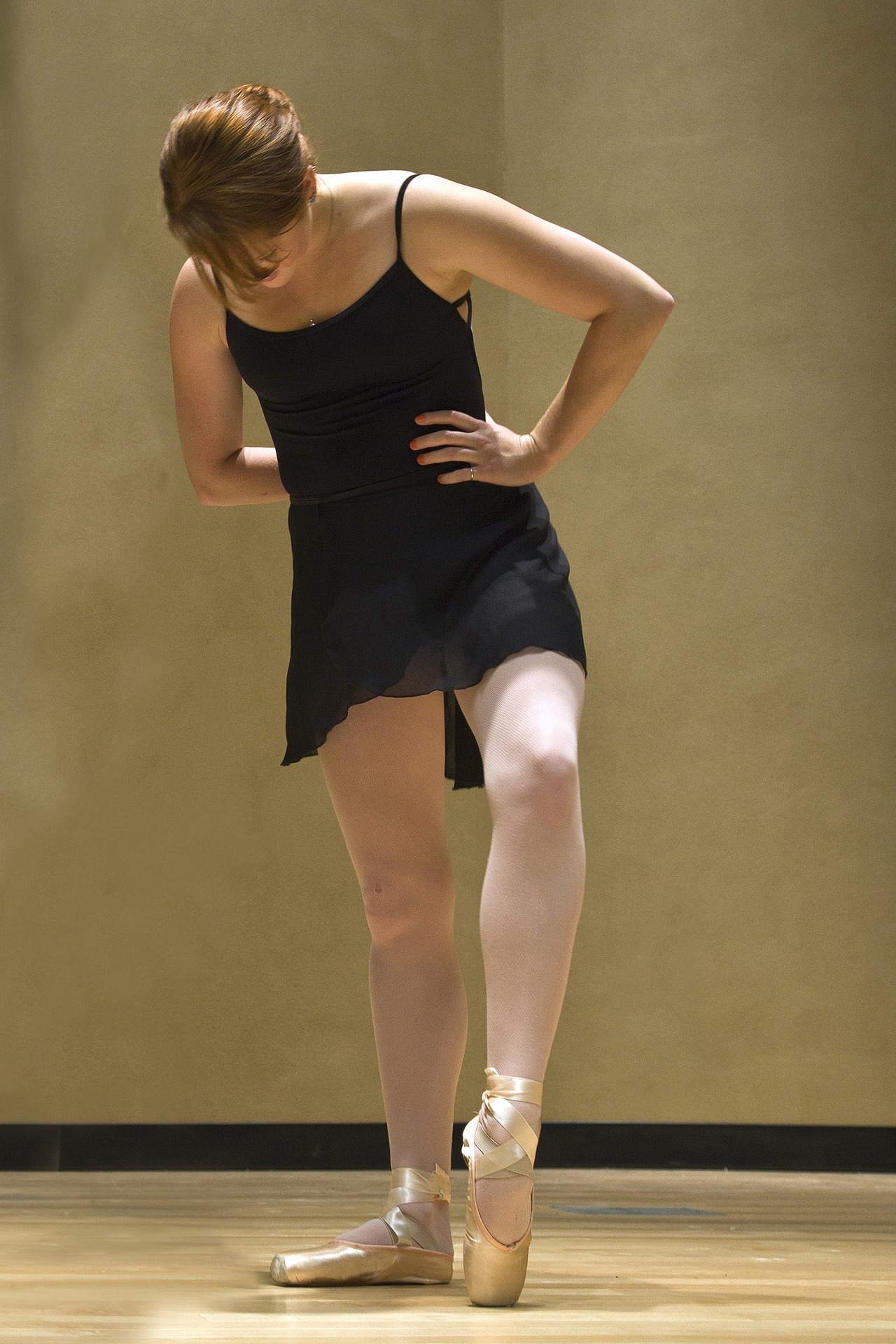
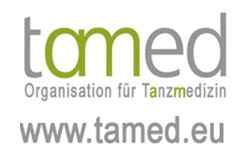
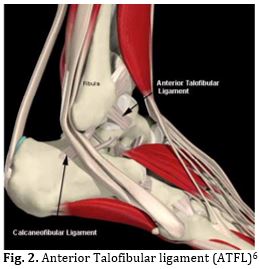
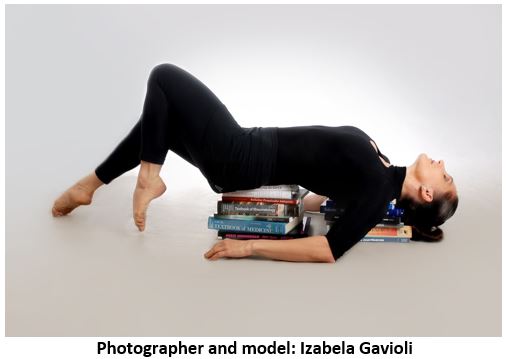
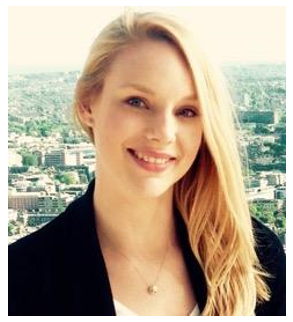
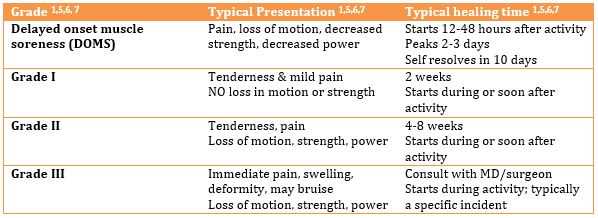
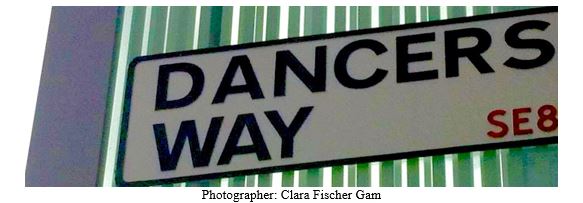
 BACK
BACK